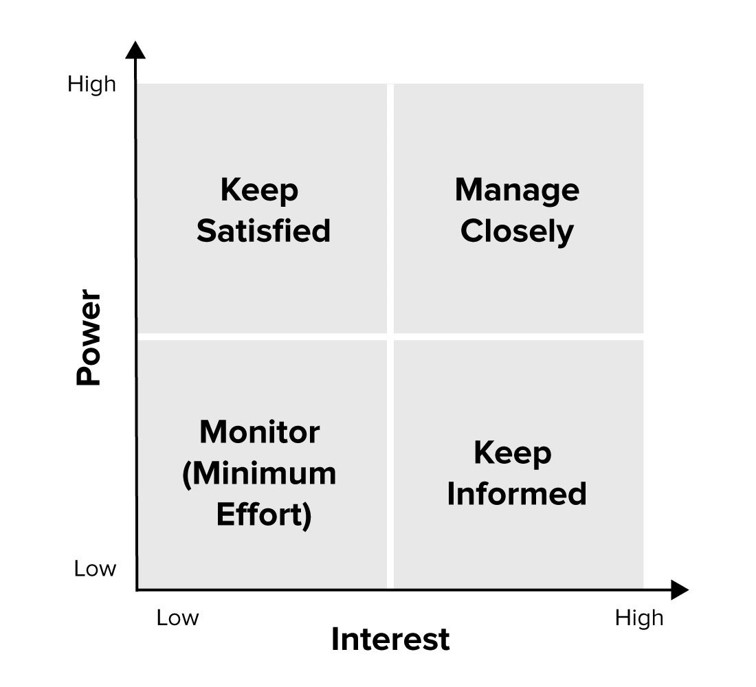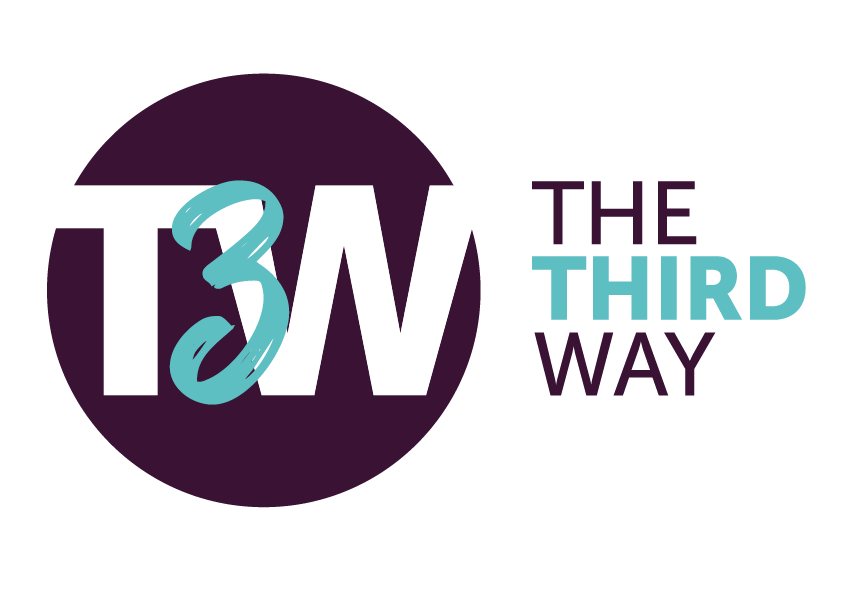Who are Our Project Stakeholders?
The answer to this question is not always easy and straight forward, therefore the first list you create is likely to expand. A typical list would include:
Project Manager | Project Sponsor or Funder | Clients, Service users or Customers | Local Government Officers |
Suppliers or sub-contractors | Neighbours or local interest groups | Team members | Specialists or Expert groups |
Staff | Journalists | Carers or support agency staff | Parents, friends or guardians |
Project stakeholders have interest, influence or power, or both over project outputs and project outcomes. Stakeholders can interfere or intervene at almost any stage of the project to either hinder or enable project progress. It is therefore essential that good project management includes identification of stakeholders and understanding their barriers and objections to the project or their needs and wants from the project. Communication with stakeholders is essentially the lifeblood of the project.
Using the Power/Interest Grid for Stakeholder Prioritisation
4 Steps in Stakeholder Management:
- Identify stakeholders
- Prioritise and analyse stakeholders using power/interest grid
- Understand your stakeholder, needs, wants and expectations
- Create a communication plan

The project stakeholders are dealt with in detail within the ‘Governance & Leadership section in a number of classifications, such as those stakeholders that are internal and external to the social business. Other classifications consider the value of the stakeholder and their capacity to influence the social enterprise.
Those stakeholders that could be considered as having greatest influence on a social
enterprise could be the customers/ clients; project sponsors (funders); directors and managers – strategic and operational and finally, suppliers.

